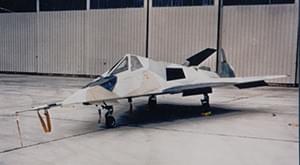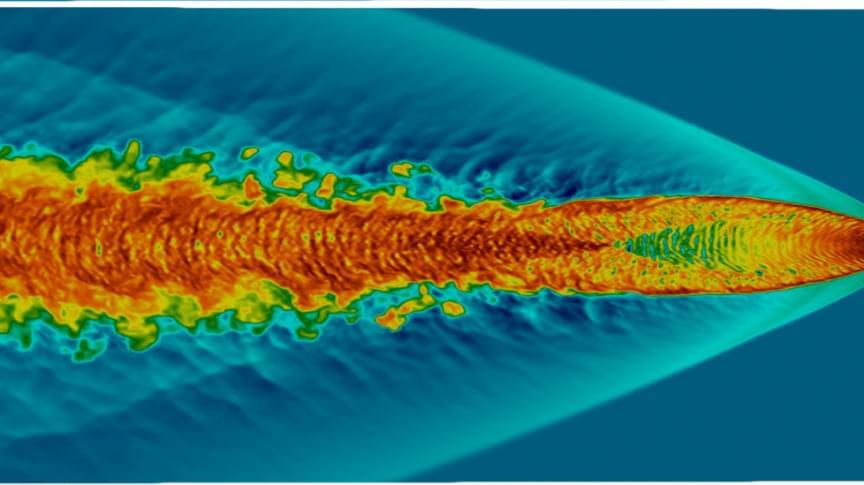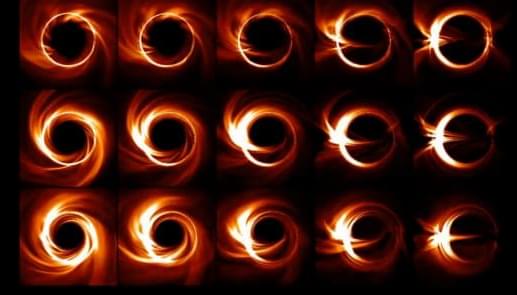May 20, 2022
JUST IN! Elon Musk & NASA’s New Light Speed Engine DEFIES Laws Of PHYSICS!
Posted by Jose Ruben Rodriguez Fuentes in categories: education, Elon Musk, neuroscience, physics, sustainability
Subscribe — https://bit.ly/3myAZOn.
You’d be instantly where you want to be if you moved at the speed of light. Indeed, light-speed travel has been a fantasy of many scientists and aerospace engineers who look for ways to achieve it.
And now, it seems Elon Musk and NASA have broken that fantasy code to build a light-speed engine that defies the laws of physics.
Continue reading “JUST IN! Elon Musk & NASA’s New Light Speed Engine DEFIES Laws Of PHYSICS!” »

















